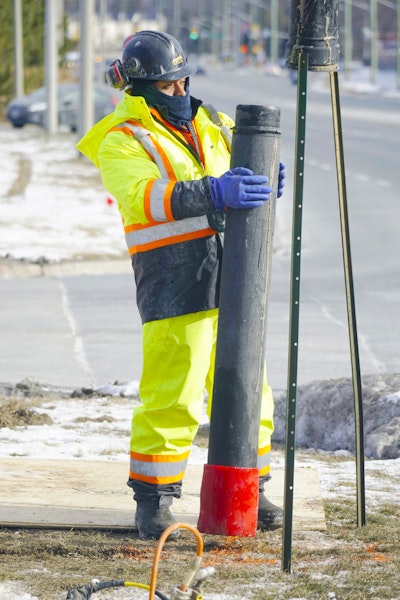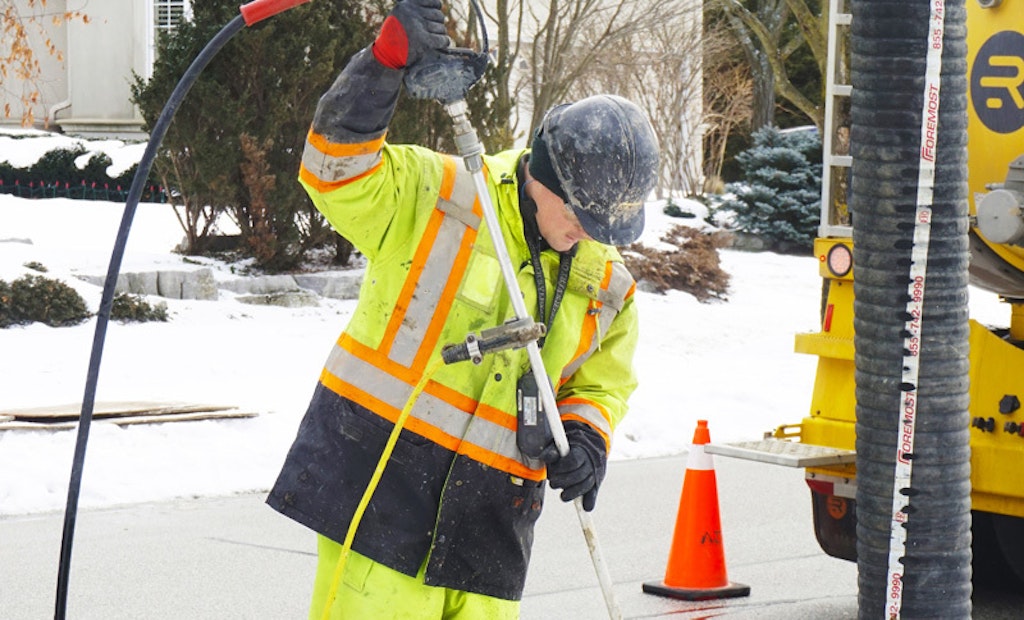One of the hazards of colder months and wintry weather is the increased chance of slip-and-fall incidents. Rain, sleet, ice and snow can make walking and working surfaces extremely slippery. It can also make outdoor stationary ladders, scaffolding, tanks, stairways and other areas...
Foul Weather Fall Prevention
Bad weather brings up a host of factors that increase the odds of slips, trips and falls
Popular Stories
Discussion
Comments on this site are submitted by users and are not endorsed by nor do they reflect the views or opinions of COLE Publishing, Inc. Comments are moderated before being posted.







